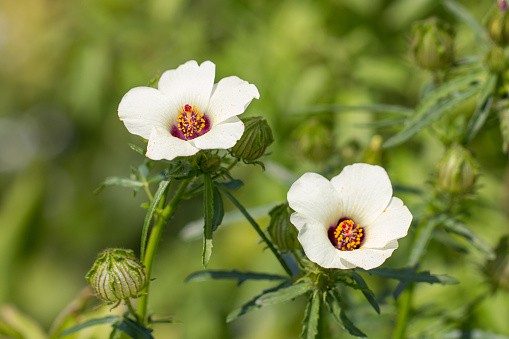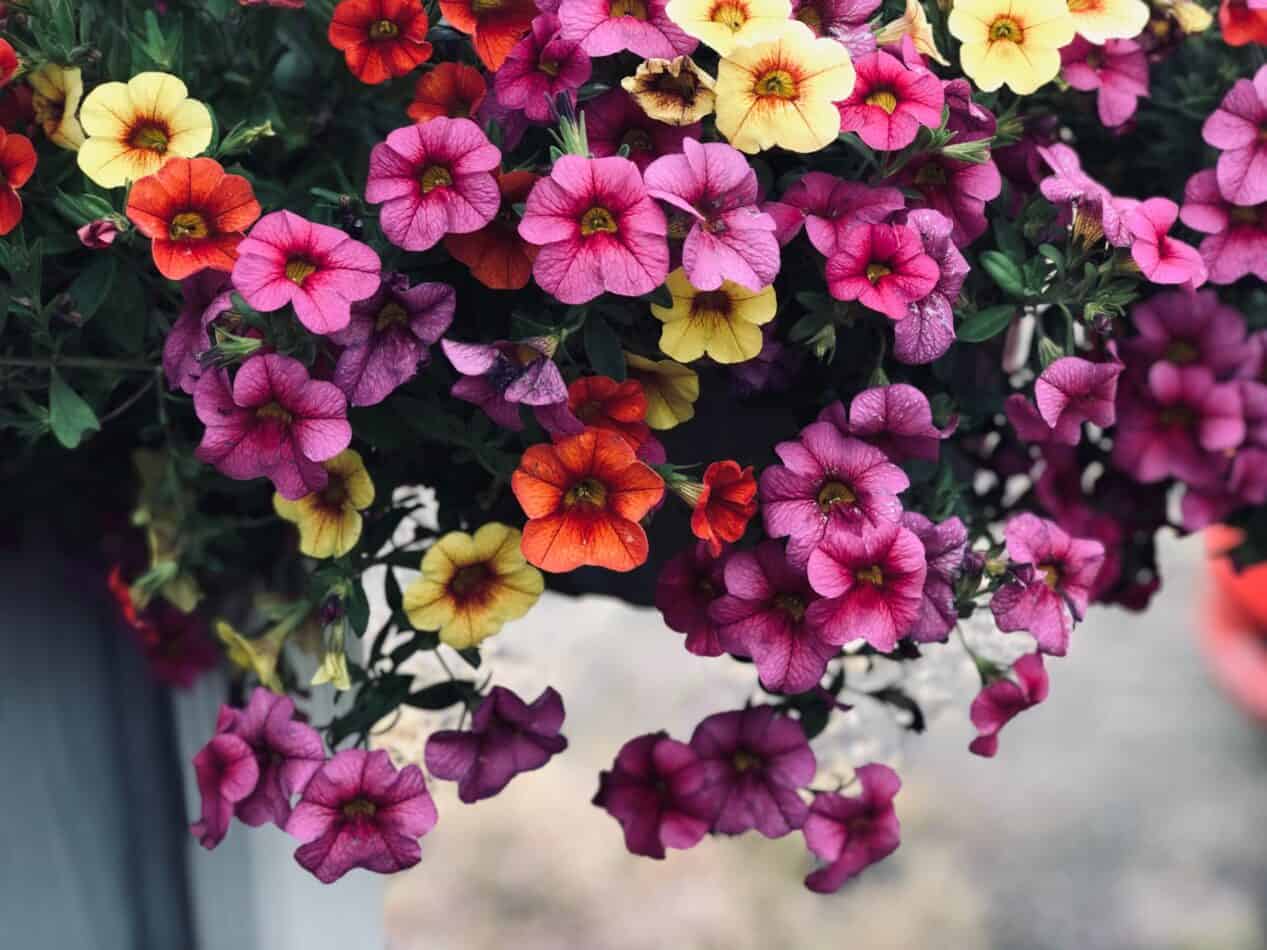Common Mallow – Malva sylvestris
The Common Mallow, or Malva sylvestris, is an erect biennial or perennial plant native to the British Isles. It produces upright stems smothered in bright, pastel purple flowers, each petal distinguished by its darker veins. Growing to a height of 2–3 feet, they bloom from summer to fall and are much loved by bees for their pollen; making it an ideal addition to cottage gardens.
How To Plant
Common Mallow is an easy and versatile flower to propagate. It does best in full to partial sun in well drained soil, but has proven to be adaptable in almost any type of soil. For best results, a soil pH of 6.6-7.5 should be maintained. Planting Common Mallow should begin with breaking up clumps of soil and further loosening the soil, followed by planting the seeds a half inch deep. Germination of the seeds typically takes 4-9 days, making this an ideal flower for those seeking a quick yet beautiful reward.
Meaning and Symbolism
The Common Mallow has remained a cultural icon over the years, having been referenced enough times to remain a central symbol of home and comfort. The name Malva derives from the Greek word malake meaning “to be soft,” likely referring to the feel of the petals and leaves. In Greek mythology, it was believed that Zeus used Mallow to nurse the infant Heracles.
History, Mythology and Religious Significance
First recorded by the ancient Assyrians, Common Mallow was a highly sought after plant used for medicinal purposes and as an ingredient in traditional dishes. Historic records noted its use as a treatment for bladder stones. Ancient Greeks used Common Mallow to reduce inflammation, and it was believed to be quite effective in treating coughs and sore throats. In more recent years, Common Mallow has become associated with the Virgin Mary, appearing in several Christian paintings her as a symbol of protection and compassion.
Flower Varieties and Defining Characteristics
Common Mallow is a member of the Malvaceae family and grows as an annual or biennial. Its defining characteristics include a shrubby habit of growth, grayish-green leaves, and cup-shaped flowers with five petals. It’s in attractive foliage makes it a popular ornamental plant even without its flowers blooming. The variety of species within the Malva sylvestris family includes snowball mallow, high mallow, tall mallow and best-of-show mallow, most of which bloom anywhere from late spring to midsummer.
How To Pot and Repot
When it comes to potting Common Mallow flowers, you have the option of using either traditional potting or hanging basket methods. You’ll need to use a pot or a planting container with sufficient drainage holes at the bottom. Fill in the container with a good quality potting soil and carefully transfer the plants without disturbing the root system. Water the plants thoroughly, making sure the soil doesn’t stay saturated for too long. Once potted, the Common Mallow should be placed in an area that receives enough sunlight. Repotting is also quite easy – all you have to do is remove the plant from the pot and transfer it to a larger container as its roots expand.
How To Prune
In order to keep Common Mallow flourishing, it’s important that you begin the pruning process in spring. Begin by examining the plant for any dead or damaged branches and leaves. Once you’ve identified the dead branches, use pruning shears to carefully snip away the growth down from the base. Before healing, cover the cut areas with pruning paste to keep infection from setting in. Pruning does not affect soil pH, temperature or moisture retention. However, it does help alleviate overcrowding and encourages air circulation for a much healthier plant.
How To Propagate
Common Mallow can be propagated in two ways: via seed or cuttings. To propagate by seed, start by collecting the matured fruits and removing the seed along with the wool-like material. Rinse and pat dry the seed before sowing them in a container filled with a moist potting mix. Lightly cover the seed and keep the soil moist. Then, place the container in an area that receives ample sunlight and wait for the seedlings to grow. For cuttings, wait until the months of mid-spring to early summer and use a sharp knife to make four to six-inch cuttings from the non-flowering branches. Now, insert the cuttings into a pot filled with moist soil and wait for the cuttings to root.
Common Pests and Diseases
Common Mallow is relatively pest and disease-free, but thrips, aphids and whiteflies can be a risk if the environment is too humid. In order to combat these insects, try using neem oil or insecticidal soap on affected plants. Plant diseases affecting Common Mallow can be caused by fungal pathogens, most notably powdery mildew and root rot. Powdery mildew is marked by white and gray splotches on the leaves of the plant, while root rot is usually indicated by wilting leaves and yellow spots. In order to minimize the risk of infection, make sure the soil is well-drained and the humidity is kept low.
Three Frequently Asked Questions About Common Mallow
Q1 – Are Common Mallow and Marsh Mallow related?
A1 – Common Mallow and Marsh Mallow both derive from the Malvaceae family, meaning they are related. Common Mallow has a more shrubby habit, grows taller, and blooms with cup-shaped flowers, while Marsh Mallow, or Althaea officinalis, prefers moist soil and grows up to 4 feet tall, with pink flowers and fuzzy foliage.
Q2 – How long do Common Mallow flowers last?
A2 – Common Mallow flowers typically blooms from late spring to early summer, lasting approximately 8 weeks.
Q3 – Where can Common Mallow be planted?
A3 – Common Mallow is a versatile flower that can be planted in traditional garden beds as well as hanging baskets and containers. It is best suited for climates in Hardiness Zones 8-11.
Table Fact Sheet
| Common Mallow | Malva sylvestris |
| Family | Malvaceae |
| Plant Type | Perennial or biennial |
| Mature Size | 2-3 feet |
| Sun Exposure | Full sun to partial shade |
| Soil Type | Well-drained soil |
| Soil pH | 6.6-7.5 |
| Bloom Time | Late Spring to Early Summer (Late July to Early October) |
| Flower Color | Pastel purple with darker veins |
| Hardiness Zones | 8-11 |
| Native Area | British Isles |
What we love from Amazon this week
Buy these wonderful flowers directly from Amazon:















